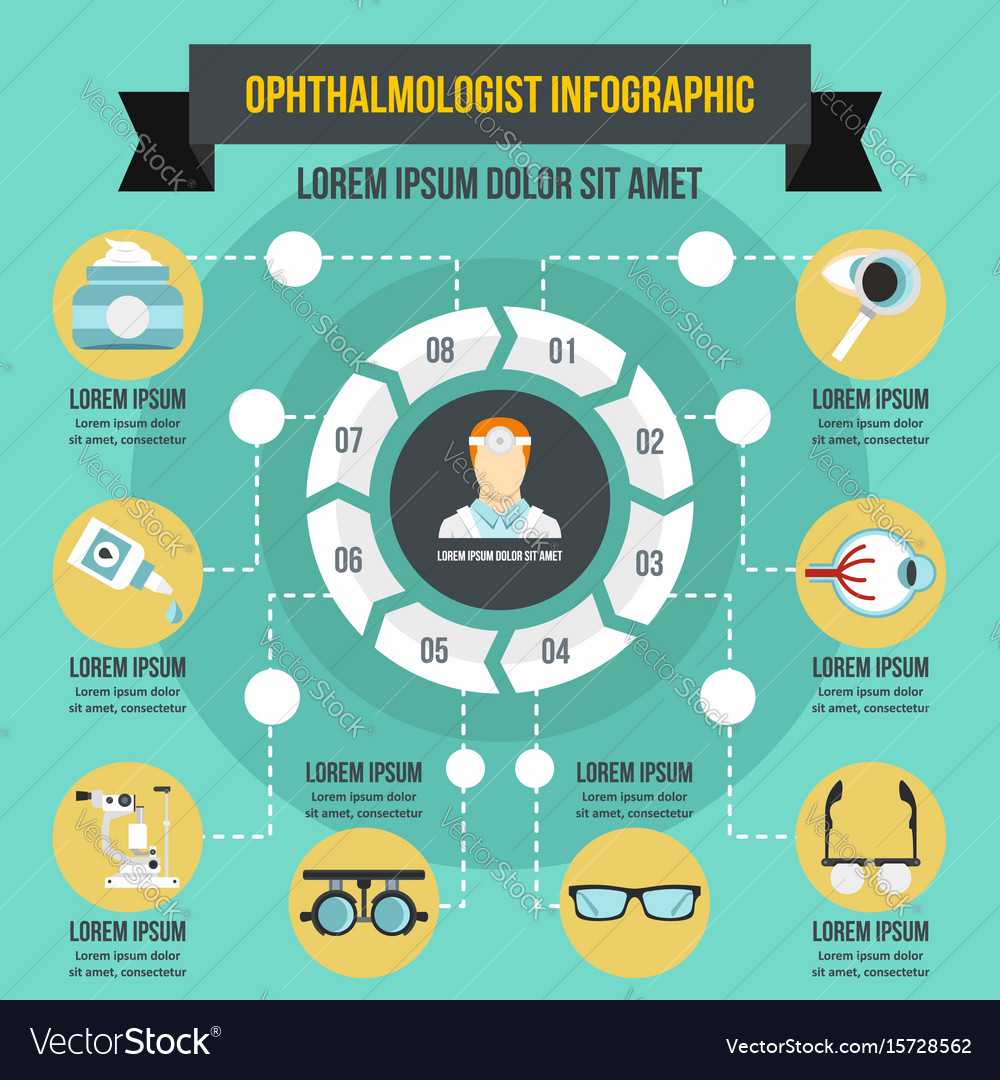Interested In Refractive Lens Exchange? Explore Key Details And Responses That May Reinvent Your Vision Experience
Interested In Refractive Lens Exchange? Explore Key Details And Responses That May Reinvent Your Vision Experience
Blog Article
Content By-Miller McLean
If you're thinking about refractive lens exchange, you possibly have a lot of questions. This procedure could transform just how you see the world, supplying benefits like minimized dependence on glasses. Nonetheless, it's necessary to understand the procedure, threats, and that qualifies as an excellent candidate. Let's discover these crucial elements so you can make an informed choice regarding whether RLE is right for you.
What Is Refractive Lens Exchange and How Does It Function?
Refractive lens exchange (RLE) is an operation developed to change your eye's all-natural lens with an artificial one, remedying vision problems like nearsightedness, farsightedness, or presbyopia.
Throughout the procedure, your cosmetic surgeon makes a tiny cut in the eye, removes your natural lens, and inserts an intraocular lens (IOL) tailored to your vision requires. This outpatient surgery typically takes around 15 to thirty minutes per eye and is performed under local anesthesia.
You'll likely see improvements in your vision virtually promptly, though complete recovery might take a couple of weeks. RLE is specifically helpful for those over 40 or with high prescriptions, supplying a lasting option contrasted to glasses or call lenses.
Your eye treatment expert can aid determine if RLE is right for you.
What Are the Benefits and Risks of Refractive Lens Exchange?
Selecting refractive lens exchange can bring about considerable improvements in your vision, but it is essential to weigh both the benefits and dangers prior to deciding.
On the plus side, this treatment can improve your eyesight by remedying issues like presbyopia, myopia, and hyperopia. Numerous people delight in minimized dependence on glasses or call lenses, which can greatly boost their quality of life.
However, it's critical to consider potential threats. Issues can consist of infection, glare, or halos around lights.
There's also LASIK After 40 of overcorrection or undercorrection, which might call for added procedures.
That Is a Suitable Prospect for Refractive Lens Exchange?
If you're thinking about refractive lens exchange, it is essential to know whether you fit the account of an ideal candidate. Normally, you may be a great candidate if you more than 40, experience presbyopia, or have high levels of nearsightedness or farsightedness.
It's likewise vital that your vision is secure, suggesting your prescription hasn't transformed considerably in the past year. If you have cataracts or other eye conditions, you could gain from this treatment also.
Nevertheless, particular variables, like unrestrained diabetes mellitus or autoimmune illness, can invalidate you. To determine your candidacy, seek advice from an eye treatment expert that can examine your specific circumstance and suggest the most effective course of action tailored to your requirements.
Final thought
Finally, refractive lens exchange can be a transformative option for improving your vision, especially if you more than 40 or have a high prescription. While the advantages are substantial, it's important to evaluate the risks and speak with your eye care specialist to establish if you're a perfect candidate. With LASIK Eye Surgery and assistance, you can make a notified choice and perhaps take pleasure in a life with lowered dependence on glasses.
